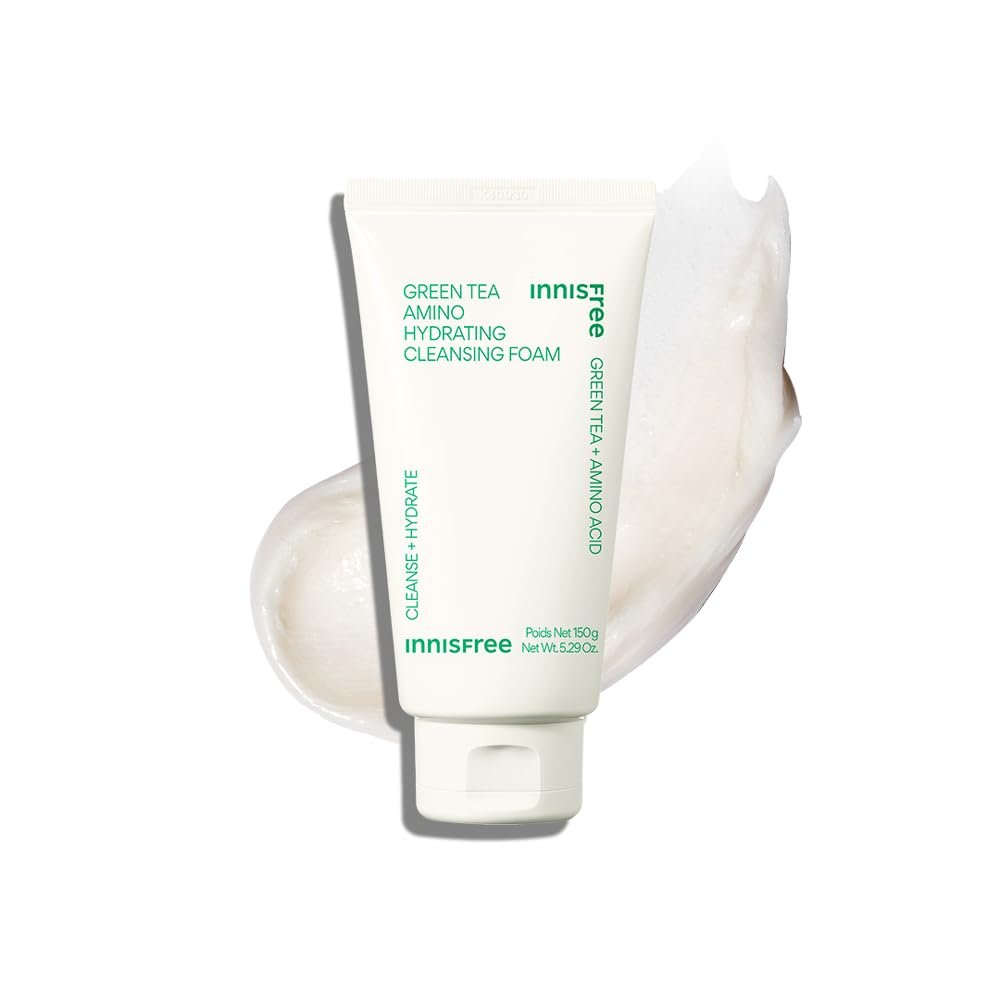Joint health is a crucial aspect of overall wellness, often overlooked until discomfort or stiffness arises. Your joints allow your body to move fluidly, enabling everything from walking to typing. However, maintaining their health requires conscious effort, particularly as you age or if you have an active lifestyle.
Whether you’re an athlete, a desk worker, or someone simply looking to stay mobile as you age, prioritizing your joint health can enhance your quality of life. Here are simple yet effective ways to keep your joints in top shape.

1. Maintain a Healthy Weight
One of the most effective ways to protect your joints is to maintain a healthy weight. Excess weight puts undue stress on weight-bearing joints like your knees, hips, and lower back. Over time, this can accelerate cartilage breakdown, leading to arthritis or chronic pain.
How to Achieve It
- Follow a balanced diet rich in lean proteins, whole grains, and vegetables.
- Engage in regular physical activity to burn calories and build muscle.
- Stay hydrated to support overall body functions, including joint lubrication.
Pro Tip: Every pound you lose can reduce the pressure on your knees by four pounds!
2. Stay Active, But Don’t Overdo It
Physical activity is essential for joint health because it strengthens the muscles that support your joints. However, high-impact exercises can lead to joint wear and tear, so finding a balance is key.
Joint-Friendly Activities
- Low-Impact Exercises: Swimming, cycling, and yoga are excellent for improving joint mobility without adding stress.
- Strength Training: Building muscle around your joints provides added stability and reduces the risk of injury.
- Stretching: Incorporate dynamic stretches before workouts and static stretches afterward to maintain flexibility.
Pro Tip: Aim for at least 30 minutes of moderate activity most days of the week.
3. Optimize Your Diet for Joint Health
What you eat plays a significant role in the health of your joints. Certain nutrients are especially beneficial for maintaining cartilage and reducing inflammation.
Foods to Include
- Omega-3 Fatty Acids: Found in salmon, walnuts, and flaxseeds, these help reduce joint inflammation.
- Calcium and Vitamin D: Essential for bone strength, sources include dairy, leafy greens, and fortified foods.
- Antioxidants: Berries, spinach, and green tea can combat oxidative stress, which may contribute to joint damage.
- Collagen and Gelatin: Found in bone broth and supplements, these support cartilage regeneration.
Pro Tip: Avoid processed foods, sugary drinks, and excessive salt, which can exacerbate inflammation.
4. Protect Your Joints During Daily Activities
Everyday movements, if done incorrectly, can strain your joints. Practicing proper posture and ergonomics can go a long way in preserving joint health.
Tips for Joint-Friendly Movements
- Lift Properly: Use your legs, not your back, when lifting heavy objects.
- Adjust Your Workspace: Ensure your desk and chair are set up to keep your wrists, elbows, and knees in a neutral position.
- Wear Supportive Shoes: Proper footwear can prevent unnecessary strain on your knees and hips.
Pro Tip: Avoid repetitive motions for extended periods. Take breaks to stretch and relax your joints.
5. Incorporate Joint-Supporting Supplements
In some cases, your diet may not provide all the nutrients your joints need. Supplements can fill in the gaps and promote joint health.
Popular Joint Supplements
- Glucosamine and Chondroitin: These are commonly used to support cartilage repair and reduce pain.
- Turmeric (Curcumin): Known for its anti-inflammatory properties, turmeric can ease joint discomfort.
- Hyaluronic Acid: Helps improve joint lubrication, reducing stiffness and improving mobility.
- Vitamin C: Essential for collagen production, which is crucial for cartilage health.
Pro Tip: Consult your healthcare provider before starting any supplement to ensure it’s safe for you.
6. Prioritize Rest and Recovery
Your joints need time to recover from daily activities and exercise. Overuse without adequate rest can lead to inflammation and long-term damage.
Rest Strategies
- Sleep: Aim for 7–9 hours of quality sleep to allow your body to repair.
- Active Recovery Days: Incorporate light activities like walking or gentle stretching on rest days.
- Massage Therapy: Helps relieve tension and improve circulation around the joints.
Pro Tip: Listen to your body. Persistent pain could signal the need for a break or medical attention.
7. Manage Chronic Inflammation
Inflammation is a natural response to injury, but chronic inflammation can damage joints over time. Reducing inflammation can help alleviate pain and improve joint function.
How to Reduce Inflammation
- Stay Hydrated: Water helps flush out toxins that contribute to inflammation.
- Anti-Inflammatory Diet: Incorporate foods like turmeric, ginger, and leafy greens.
- Stress Management: Chronic stress can trigger inflammatory responses, so practice mindfulness, meditation, or deep breathing exercises.
Pro Tip: Avoid smoking and limit alcohol consumption, as these can worsen inflammation.
8. Regular Check-Ups with a Healthcare Professional
Early detection of joint issues can prevent them from worsening. Regular check-ups with a doctor or physical therapist can help you identify and address potential problems.
When to Seek Help
- Persistent joint pain lasting more than a few days.
- Swelling, redness, or reduced mobility in any joint.
- A history of arthritis or other joint-related conditions in your family.
Pro Tip: Don’t wait until the pain is unbearable. Early intervention is key to maintaining joint health.
The Long-Term Benefits of Healthy Joints
Taking care of your joints now will pay off in the long run. Improved mobility, reduced pain, and better overall health are just a few of the rewards. Here’s what you can expect:
- Enhanced Quality of Life: Stay active and independent as you age.
- Reduced Risk of Chronic Conditions: Healthy joints lower your risk of arthritis and other degenerative diseases.
- Increased Longevity: Mobility plays a significant role in maintaining overall health and extending your lifespan.
Improving your joint health doesn’t have to be complicated. Small, consistent efforts can make a big difference. By maintaining a healthy weight, staying active, eating a balanced diet, and protecting your joints during daily activities, you can enjoy better mobility and less pain throughout your life.
Remember, it’s never too early or too late to prioritize joint health. Start incorporating these simple tips today, and your joints will thank you for years to come.
Stay active, stay healthy, and keep your joints moving smoothly!














